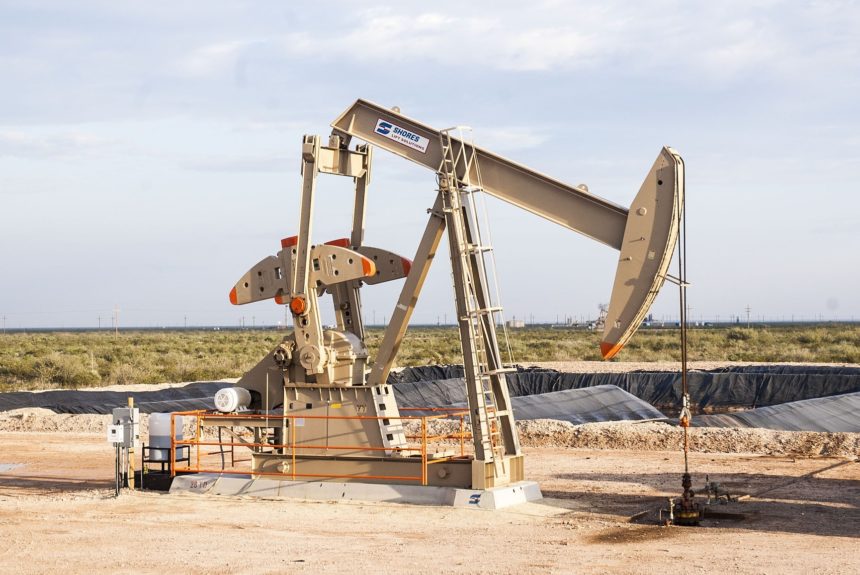The Economist writes on how conflict in the Middle East might impact oil prices.
EVER SINCE Hamas’s attacks on Israel a year ago, the biggest fear in oil markets has been that tensions would escalate into a full-blown regional war pitting Israel against Iran, the world’s seventh-largest producer of crude. Until recently both countries seemed keen to avoid it. That explains why, despite war in Gaza and Houthis firing missiles in the Red Sea, initial jitters on oil markets after October 7th last year soon gave way to the low and stable prices that have prevailed for much of this year.
But last week Iran fired around 200 missiles at Israel in response to Israel’s pounding of Hizbullah and other Iranian proxies. Now the world is anxiously waiting for Israel’s response. Oil markets are nervous. Last week crude prices rose by 10%, to $78 a barrel, their biggest weekly gain in almost two years (see chart). On October 7th they rose again, before whipsawing. When the last war involving a major petrostate broke out, in Ukraine in 2022, crude surged past $100 a barrel. Could that happen again?
To understand how high prices might go, look first at Israel’s options for retaliation. Were it to strike only military targets, such as missile-launch sites—and Iran responded moderately, in an attempt to defuse the situation—then some of the geopolitical premium boosting oil prices would evaporate. But Israel could choose to escalate by bombing Iran’s civilian infrastructure, oil and gas facilities or nuclear-enrichment sites. Whichever Israel chooses, Iran may feel forced into a robust response, triggering a cycle that ends up turning Iran’s petro-industrial complex, the regime’s lifeline, into a target. So oil assets would not need to come under fire first for global markets to fret.
Read the full article here.
The views and opinions expressed are those of the author’s and do not necessarily reflect the official policy or position of C3.
